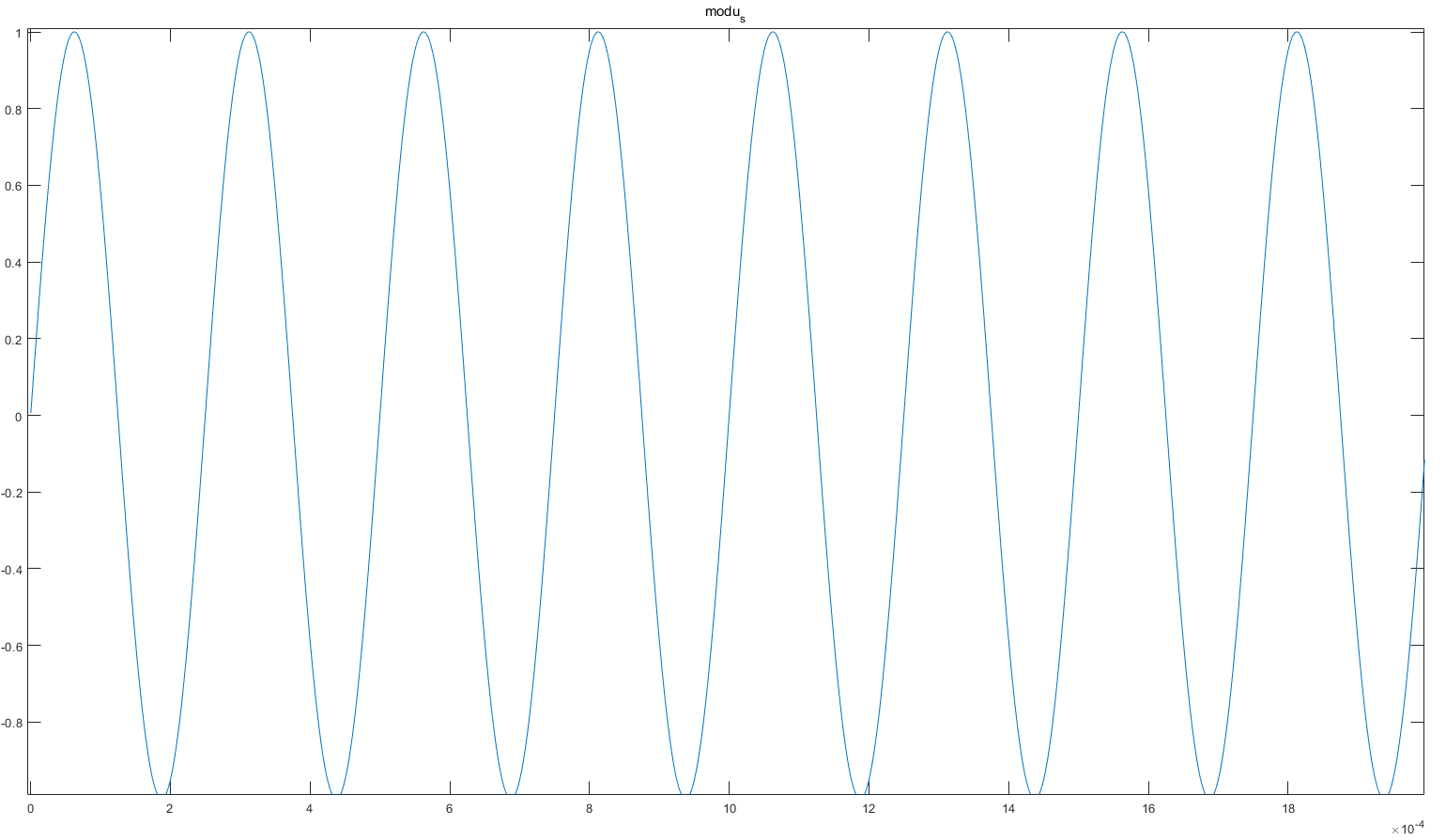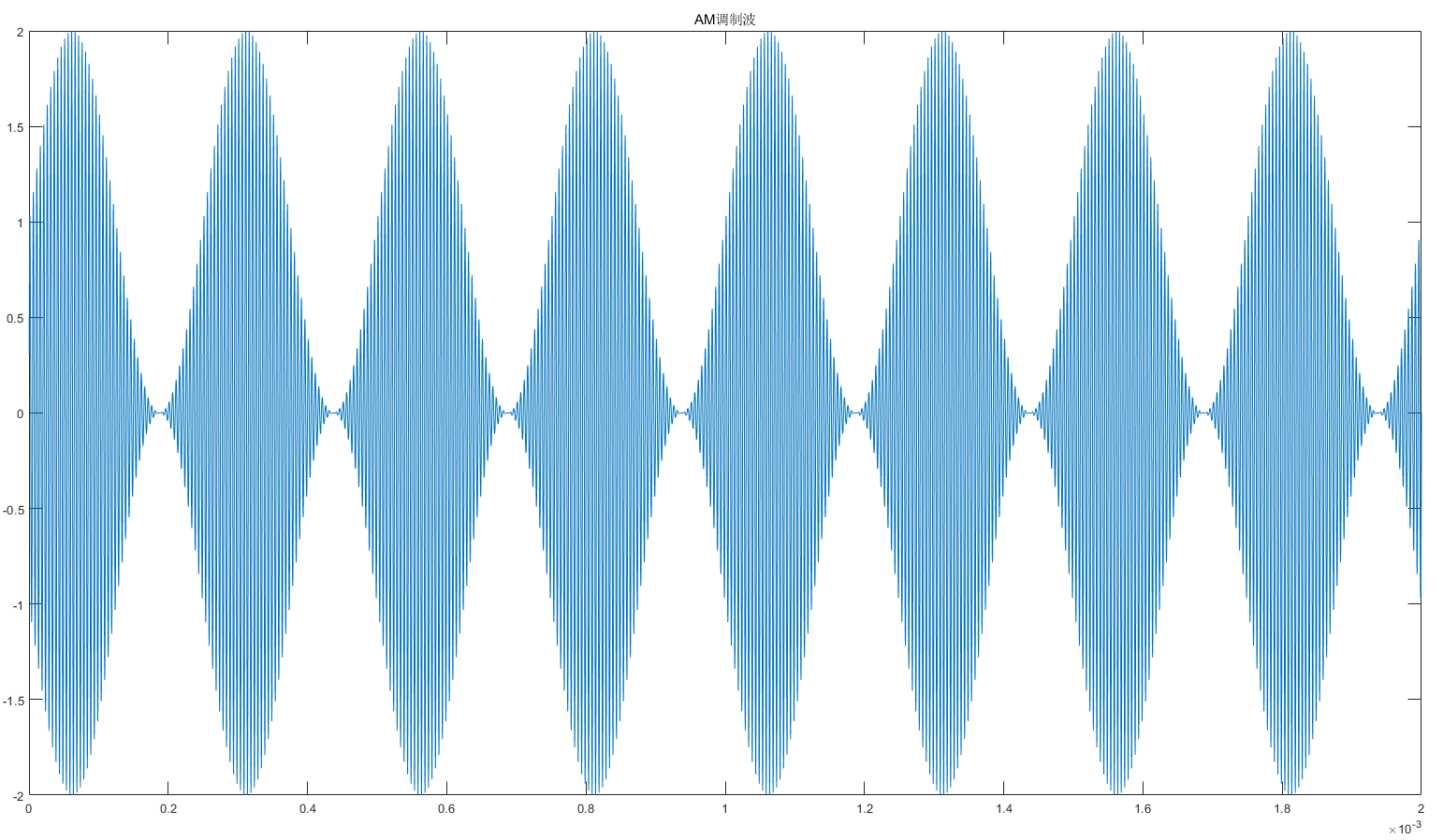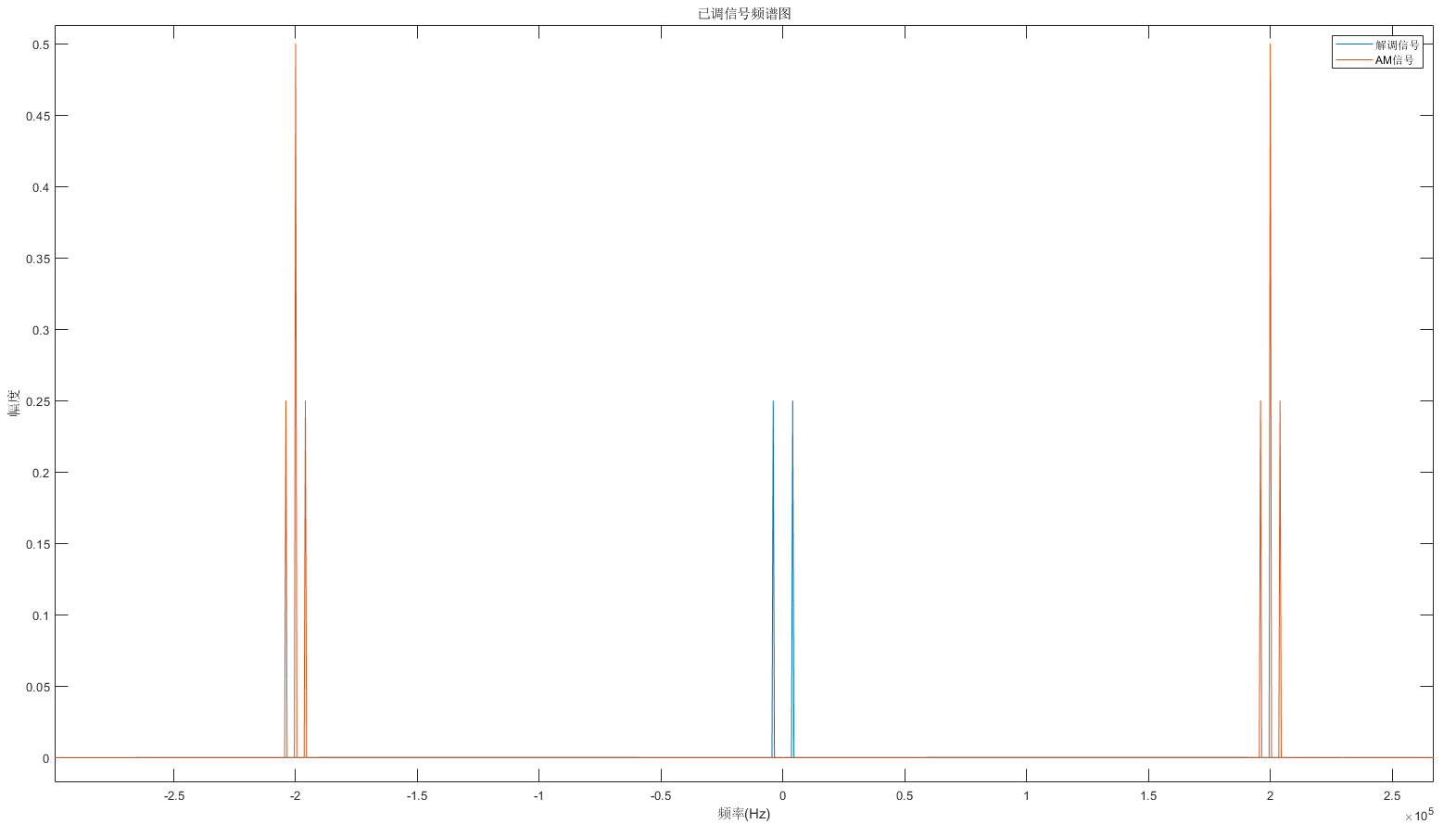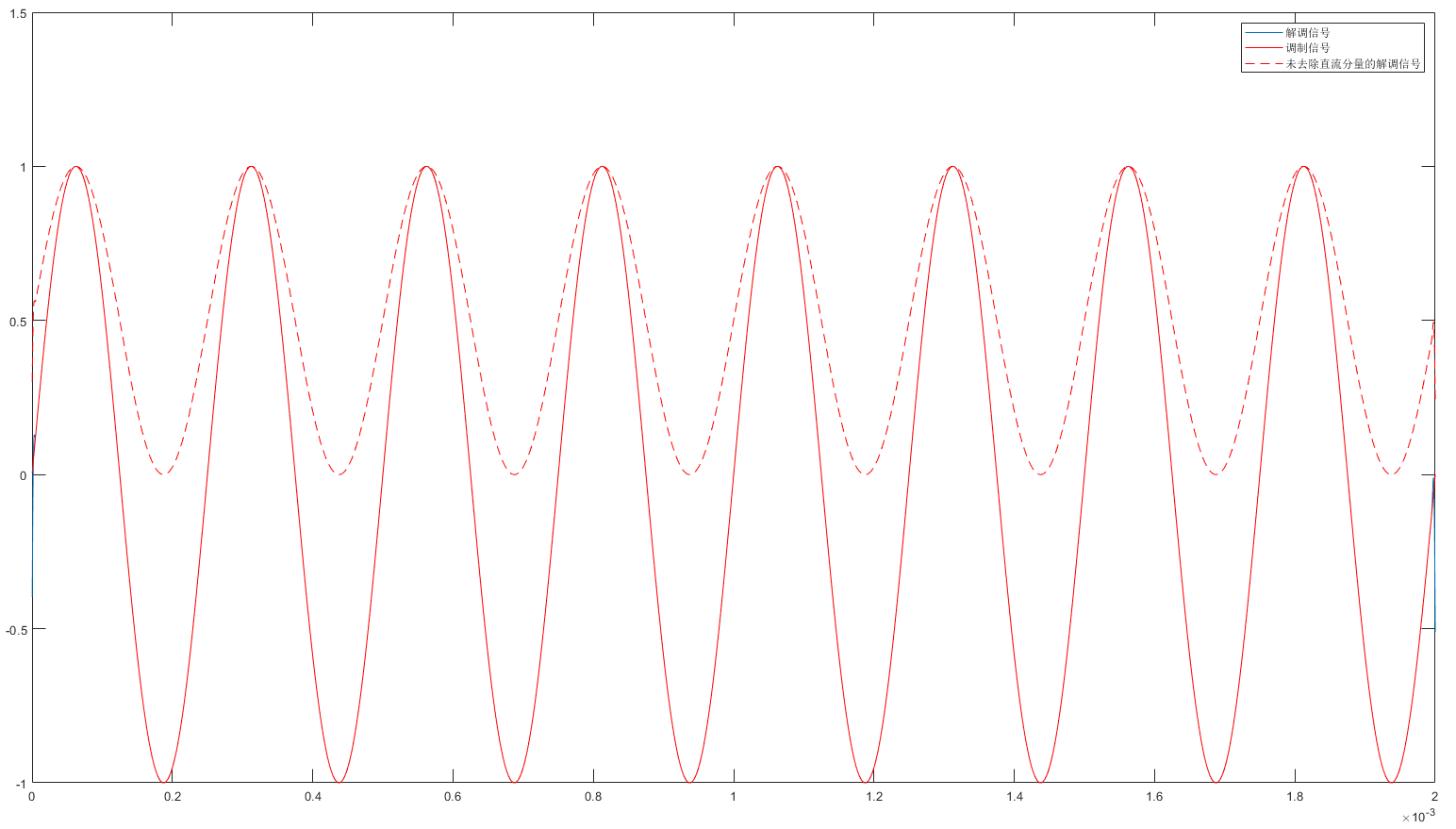Amplitude Modulation
Amplititude Modulation
Basic Introduction
What is Modulation
If you want to understand what is modulation, you need to first know Why we need Modulation.
As we all know, the frequency spectrum is limited and valueable which enable us to transmit signals at the same time without interference.
But the signals we transmit is usually low frequency and long wave length ($ \lambda = \frac{c}{f} $). But due to its low frequency, it is easy to be interfered by other signals along the way it transmits. So it is necessary to come out a way that can enable low-frequncy signal to transmit in long distance.
That is why we need modulation.Modulation is the process that make the signal you want to tranmit become a high frequency signal. What is it mean? It is says that the information of signal is preserved by some characteristics of the signal like amplititude、frequency and phase. We want to transmit and put the infomation on a high frequency signal. That is waht we call Modulation. Its basical theory is use high-frequency signal to maintain the infomation low-frequency signal carried, and Demodulate it to get the infomation that high-frequency signal maintained.
In this way, we finally get acccess to transmit low-frequency signal in long distance and maintain its signal characteristics. We call the signal we want to transmit Modulation Signal and the signal that maintains the characters Carrier Signal.
What is AM
As we talk about modulation, we can maintain some infomation of signal we want to transmit onto the high-frequency signal. But how to maintain? We say that the infomation is contained in the amplitude of the modulation signal. So we can use the amplitude of the carrier signal to maintain the infomation of the modulation signal. That is what we call Amplitude Modulation.
How to Modulate(its principle)
If we have a modulation signal :
$$ Modulation-signal = Am * \cos(2\pi f_{m}t) $$
then we want to modulate it onto a high-frequency carrier signal :
$$ Carrier-signal = Ac * \cos(2\pi f_{c}t) $$
Then the modulated signal is :
$$ AM_{signal} = (A + mod) * carrier = (A + Amp*\sin(2\pi f_{m}t)) * Ac * \sin(2\pi f_{c}t) $$
If you see close to the formula, you will find that the amplititude of the modulated signal is the sum of a DC value and the modulation signal. The value $ \frac{max{mod}}{A} = \frac{Amp}{A} $ is what we call the depth of modulation. Usually we set $ \frac{Amp}{A} = 1 $ to make the modulated signal as high as possible.
Referred MATLAB Code
Here we provide you with a MATLAB code used to modulate AM signal. In this way you could learn modulation visually and understand it better.
1 | clc; |
And the modulated signal and the carrier is like :


And we modulated the signal as the principles mentioned above. The AM signal is like :

As you can see, the connection is nearly zero which conferes that the depth of modulation is 100%.

If we do FFT to transform the AM signal to frequency domain, you will see the spectrum of the modulation signal is carried to the point where the carrier signal is. Is is so-called spectrum shifting.

the we show you the demodulated signal comparing with the original signal. As you can see, the envelope is almost the same.
Some Words to Say
I will continues to write blog about different modulation methods ranging from analog to digital, from AM to PSK and etc.